2025 Chevrolet Corvette ZR1 Offers Hypercar Performance at a Significant Price

The automotive world is buzzing with excitement as Chevrolet unveils the 2025 Corvette ZR1, a car engineered to rival the performance of hypercars that cost more than three times its price. At a projected price of around $175,000, the new ZR1 delivers over 1,000 horsepower, a top speed of 233 mph, and blistering acceleration that makes even the most expensive European exotics sweat. But how exactly did Chevy manage to build a Corvette that outperforms cars costing over $500,000?
This article examines the engineering, design principles, and performance benchmarks that elevate the 2025 Corvette ZR1 from an American classic to a significant contender on a global scale in the hypercar market.
Engineering Masterpiece: The Heart of the Beast
At the center of the ZR1’s incredible performance is its all-new engine: the 5.5-liter LT7 twin-turbocharged V8, the most powerful production engine ever created by Chevrolet. This powerplant produces an estimated 1,064 horsepower and 828 lb-ft of torque, transforming the ZR1 into a track-ready missile.
Unlike the supercharged pushrod V8 in the C7 ZR1, the new LT7 is a flat-plane crank design derived from the naturally aspirated LT6 found in the Z06. With twin turbochargers and precision cooling systems, it pushes boundaries in both engineering and performance.
Key engine features:
- Twin turbochargers with low-lag response
- Flat-plane crank for high-revving power delivery
- Titanium connecting rods for reduced rotating mass
- Dry-sump lubrication to ensure oiling during high-G maneuvers
Top Speed That Embarrasses Exotics
In real-world testing at Germany’s ATP Papenburg test track, the Corvette ZR1 reached a verified top speed of 233 mph, putting it in the same league as the Bugatti Veyron, McLaren Speedtail, and Ferrari SF90 Stradale—cars with price tags well north of half a million dollars.
Even more impressive is that the ZR1 achieved this feat with a rear-wheel-drive setup, showcasing the stability and aerodynamic engineering baked into its carbon-fiber body.
From Simulation to Reality: Virtual Development
One of the ZR1’s greatest engineering achievements is how it was developed virtually before physical testing. Chevrolet built a digital twin of the car using CarSim software and advanced simulations coded in C, Python, and Fortran. This allowed engineers to model the aerodynamics, drivetrain behavior, suspension compression, tire deformation, and even exhaust thrust (which contributes up to 37 pounds of forward force)—all before hitting the test track.
This simulation-first approach reduced time, cost, and guesswork—proving that meticulous digital development can yield real-world records with astonishing accuracy. In fact, the final speed test result was within 1% of the simulated prediction.
Aerodynamics: Sculpted for Speed
To achieve and maintain 233 mph, the ZR1 had to be aerodynamically perfect. Engineers incorporated several aerodynamic innovations:
- Active aero components that adjust depending on speed and airflow
- Carbon-fiber splitters and diffusers for optimal downforce and drag balance
- A low-drag front fascia for top speed runs
- A large rear wing and aggressive front dive planes are included in the optional ZTK performance equipment for track use.
At high speed, the ZR1 can generate over 1,200 pounds of downforce, ensuring stability without excessive drag.
0–60 MPH in 2.2 Seconds: Insane Acceleration
Beyond top speed, the 2025 ZR1 boasts incredible off-the-line performance. A quarter-mile time should be less than 9.7 seconds, according to independent testing and GM simulations, which affirm 0 to 60 mph in just 2.2 seconds.
This is achieved thanks to:
- Lightweight carbon components
- A race-tuned dual-clutch transmission
- Ultra-sticky Michelin Pilot Sport Cup 2 R tires
- Advanced traction management systems
Compared to hypercars like the Lamborghini Revuelto, Ferrari SF90, or Porsche 911 Turbo S, the ZR1 is not only faster in many situations—it’s also significantly more affordable.
World-Class Handling and Braking
While the Corvette ZR1 is focused on straight-line speed, it doesn’t compromise on handling or braking. The suspension has been upgraded with Magnetic Ride Control 4.0, which adjusts damping at lightning-fast speeds. Paired with track-calibrated settings and carbon-ceramic Brembo brakes, the ZR1 is equally competent in a straight line and through tight corners.
Handling highlights:
- Enhanced chassis stiffness
- Front and rear stabilizer bars
- Adjustable ride height with optional coil-over setup
- Custom tuning for different driving modes (Track, Sport, Tour)
Interior: Supercar Elegance Meets Everyday Usability
Inside, the ZR1 offers a balance of luxury, tech, and performance-oriented ergonomics. Performance data recorders, real-time telemetry, a flat-bottom steering wheel, and supportive bucket seats with carbon, leather, and Alcantara trim are all provided to drivers.
Interior highlights include:
- 12-inch digital driver display
- Infotainment with Apple CarPlay, Android Auto, and built-in 5G connectivity
- Head-up display
- Heated and ventilated seats
- Optional Bose Performance Series 14-speaker audio system
Pricing That Redefines Value
The real shocker is the ZR1’s price. Chevrolet has confirmed that the base price will start at $174,995, with a fully loaded 3LZ model coming in under $190,000. Even with track packages and cosmetic upgrades, the most expensive ZR1 configurations will remain below $240,000.
When compared to other hypercars:
| Car | Horsepower | Top Speed | Price |
| Chevrolet Corvette ZR1 | 1,064 hp | 233 mph | $175K–$240K |
| Ferrari SF90 Stradale | 986 hp | 211 mph | $524K |
| Lamborghini Revuelto | 1,001 hp | 218 mph | $608K |
| McLaren 750S | 740 hp | 206 mph | $330K |
The Coming ZR1X: 1,250 HP Hybrid AWD
The 2026 Corvette ZR1X is the next iteration of the ZR1 platform, and there are numerous rumors surrounding it. This model is expected to be a hybrid all-wheel-drive hypercar with over 1,250 hp, thanks to the LT7 V8 paired with electric motors on the front axle.
If these predictions hold true, the ZR1X could become America’s first true hypercar, rivaling the Bugatti Chiron, Koenigsegg Jesko, and even the Tesla Roadster.
Who Should Buy the 2025 Corvette ZR1?
The ZR1 is built for those who want performance without compromise. It’s ideal for:
- Track-day enthusiasts who demand real speed
- Collectors who want the last of the high-horsepower, combustion-engine heroes
- Luxury performance buyers seeking an exotic experience at a more accessible price
- Tech-savvy drivers who value digital development and engineering precision
The ZR1 provides unparalleled value for the money, regardless of whether you’re upgrading from a Z06 or trading in a European exotic.
The Future of American Supercars
Chevrolet has proven that the Corvette is more than a sports car—it’s a symbol of innovation, value, and now, hypercar capability. With a combination of digital development, aerodynamic excellence, and raw power, the 2025 ZR1 sets a new benchmark not only for American muscle but for global performance vehicles.
In an era where high performance typically comes with sky-high prices, the ZR1 delivers a defiant message: you don’t have to spend $500,000 to go 230 mph.
Also Read: Koenigsegg Sadair’s Spear: A Track-Focused Hypercar That Honors Racing Heritage – TorqBull.com
Final Thoughts
The 2025 Corvette ZR1 is an incredible creation from Chevrolet. It is more than a high-performance car—it’s a proof of concept that America can build a hypercar that not only competes with Europe’s finest but beats them in power, speed, and most importantly, value. For those who’ve been dreaming of owning a car that shames six-figure exotics without emptying your life savings, the Corvette ZR1 is the dream come true.




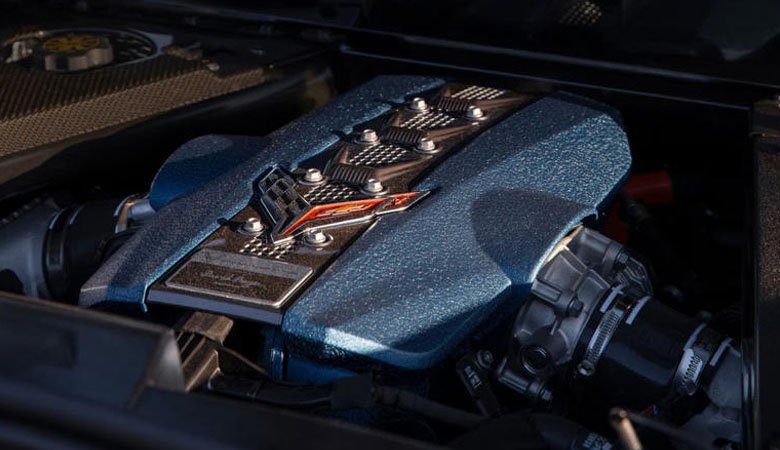
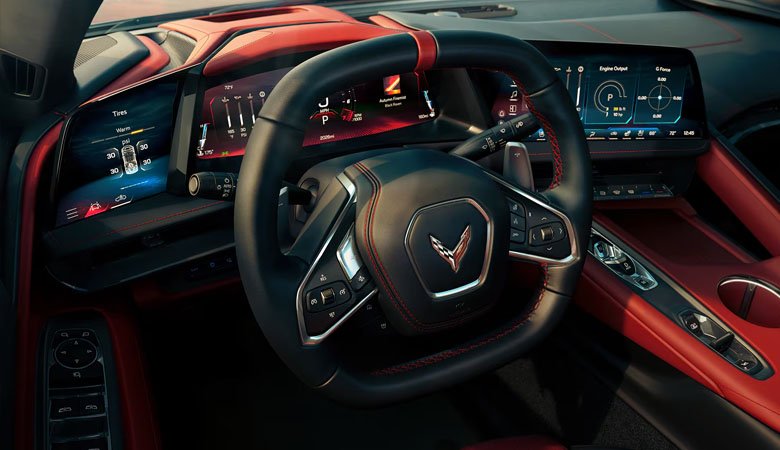
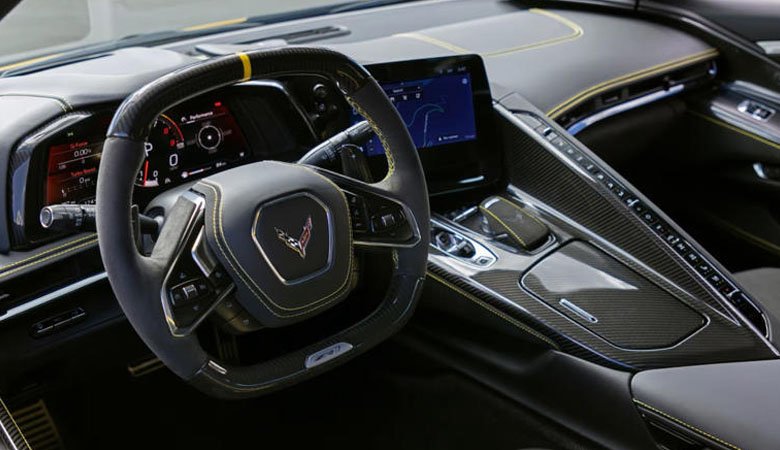
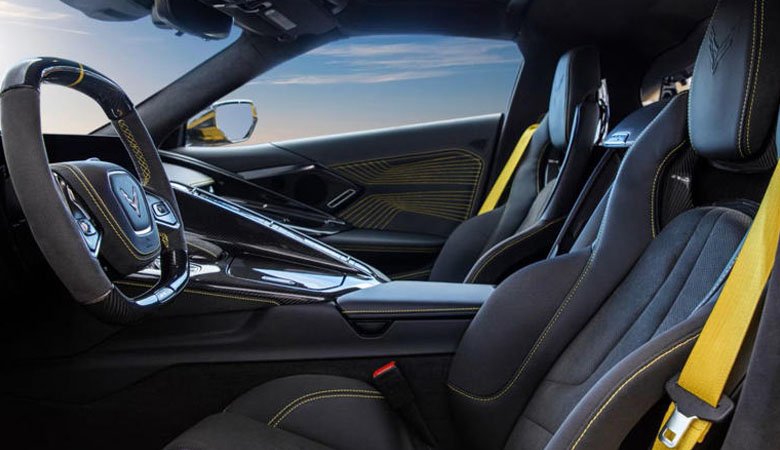

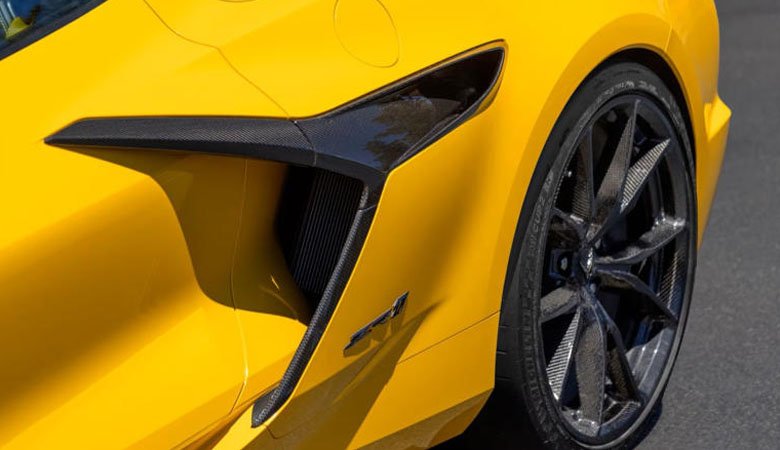
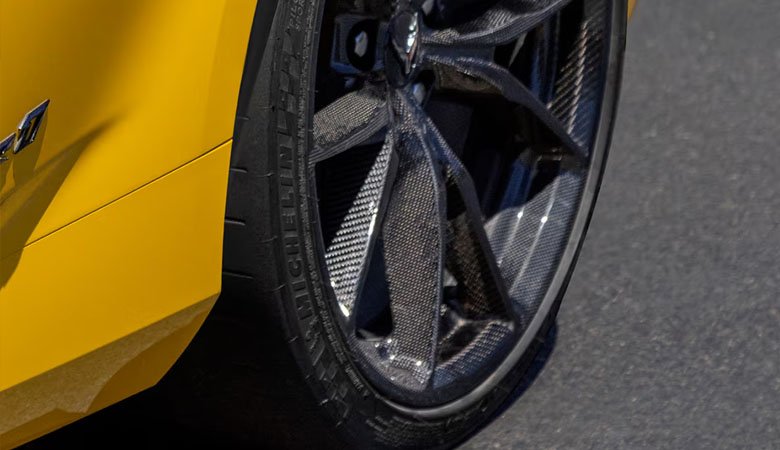
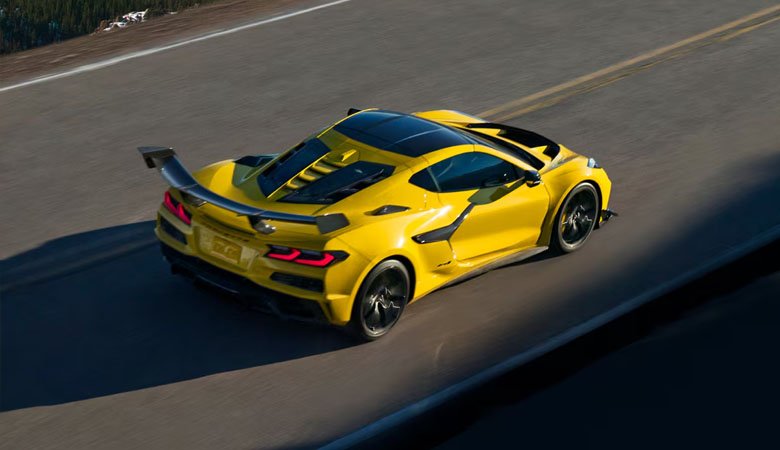
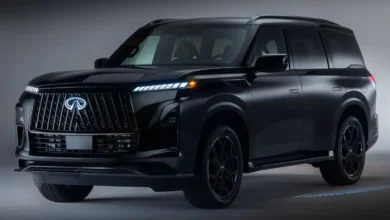
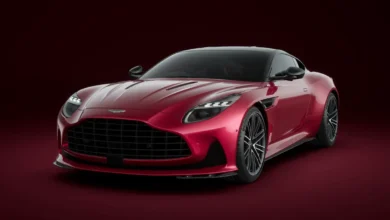
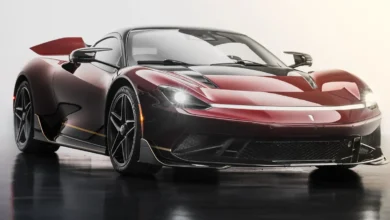
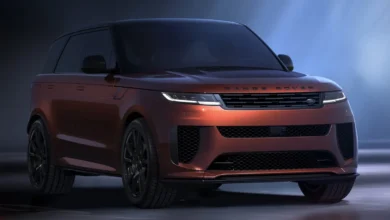

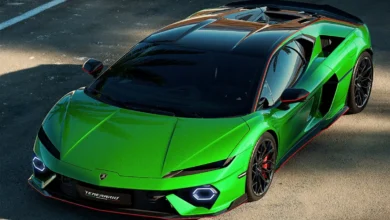

2 Comments